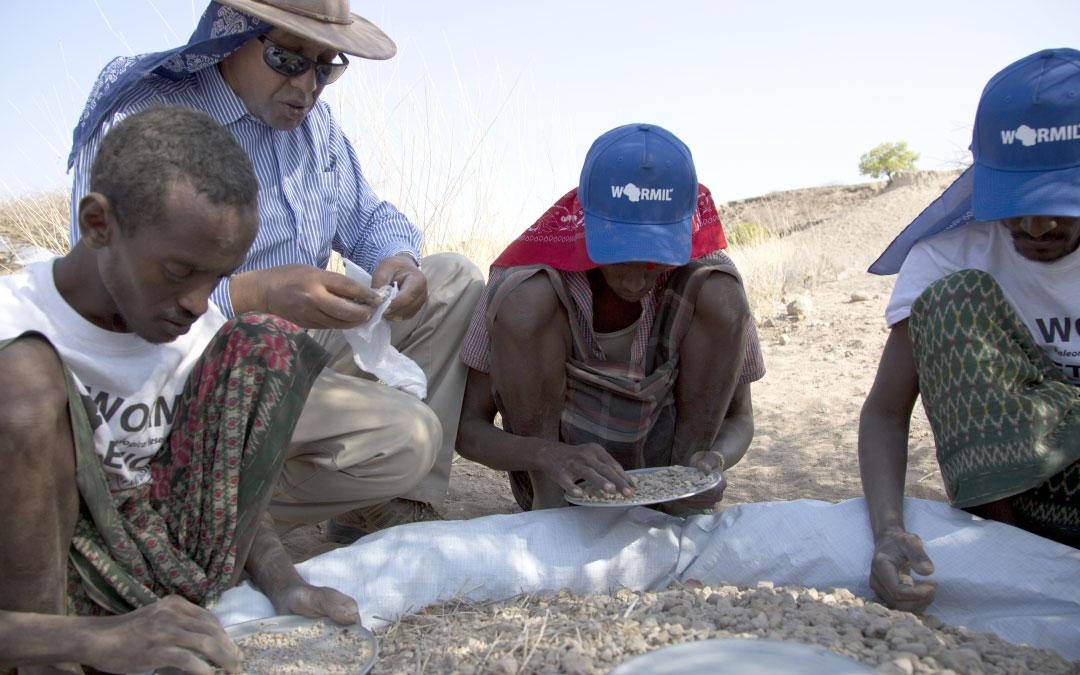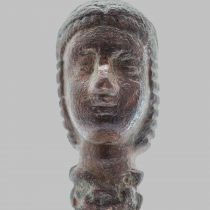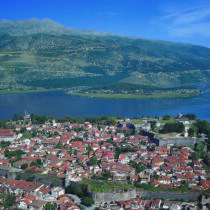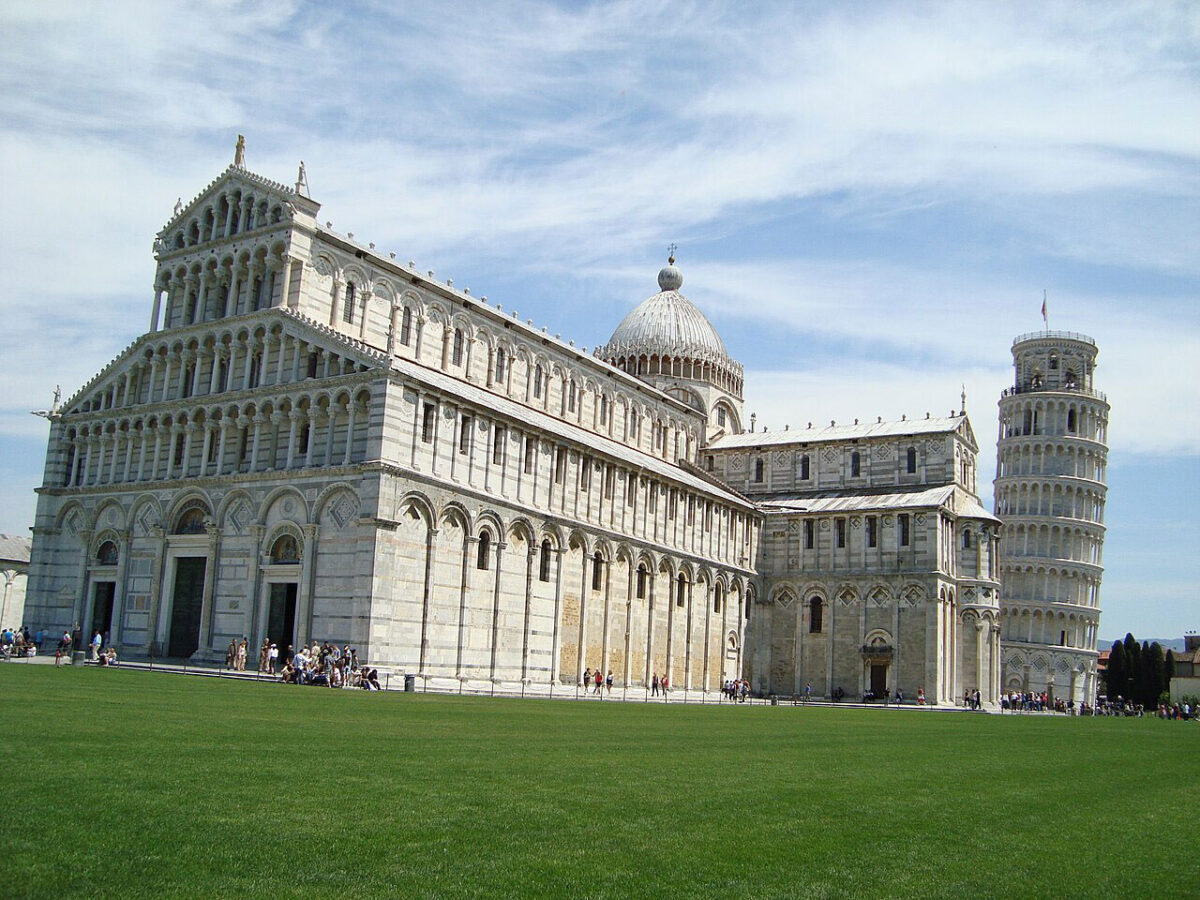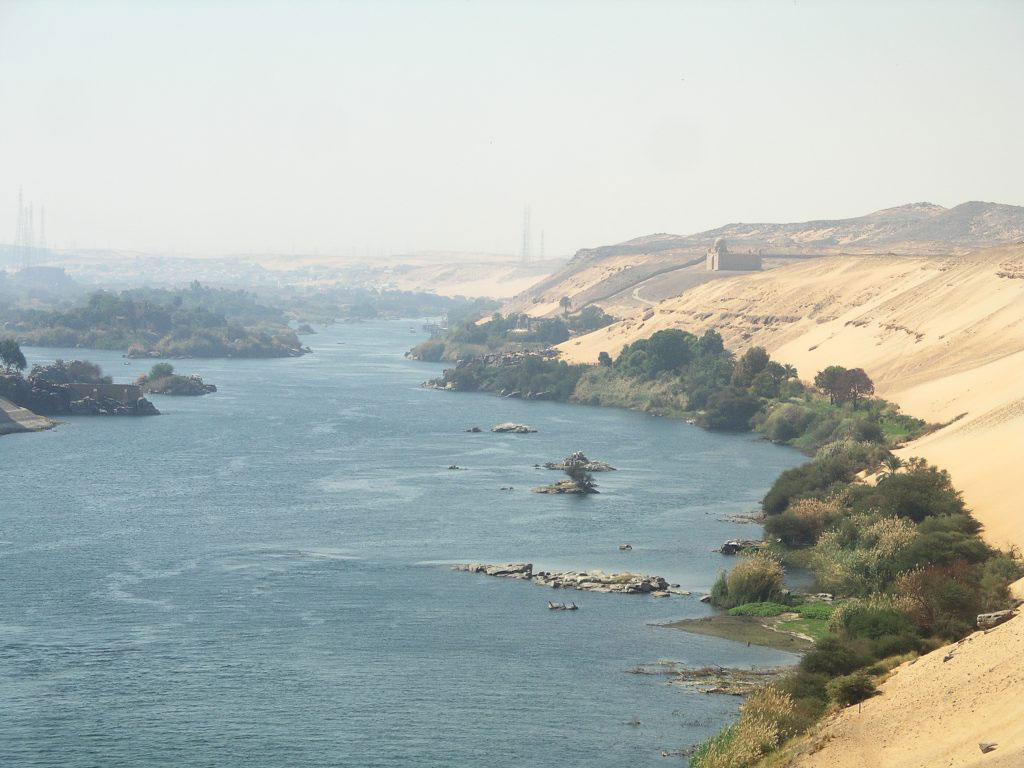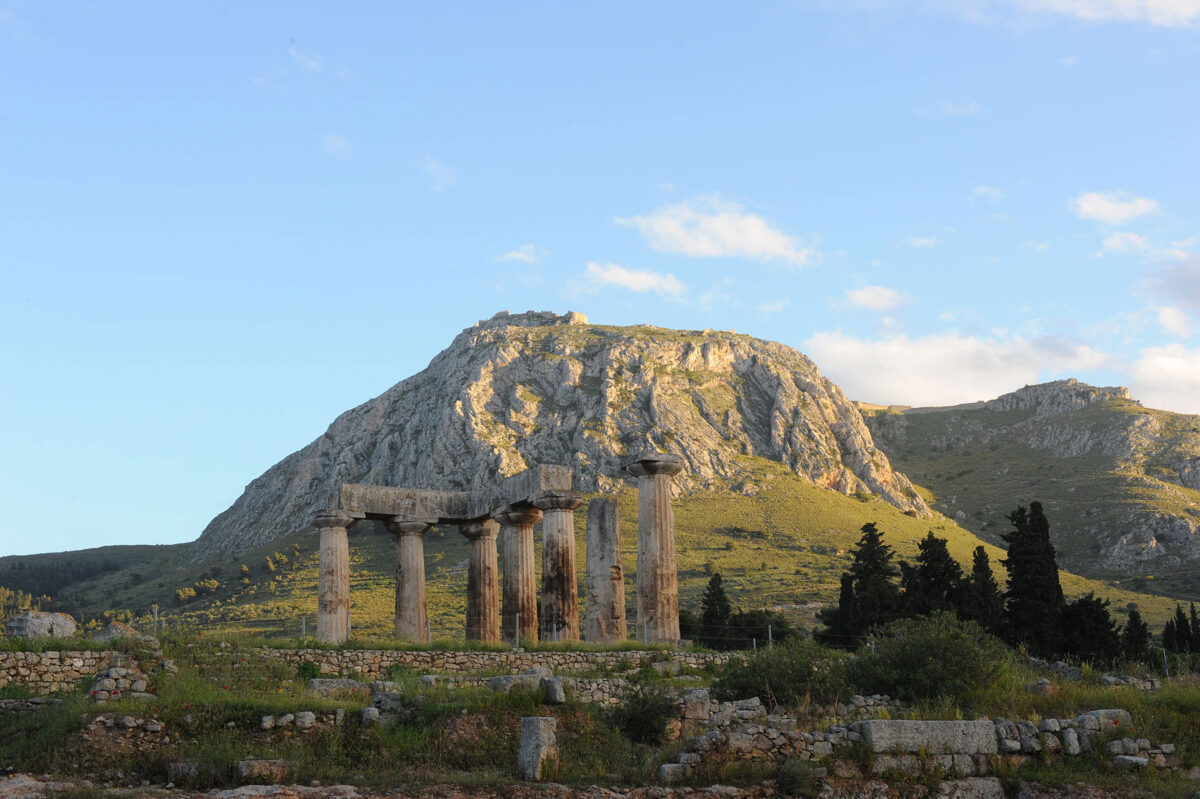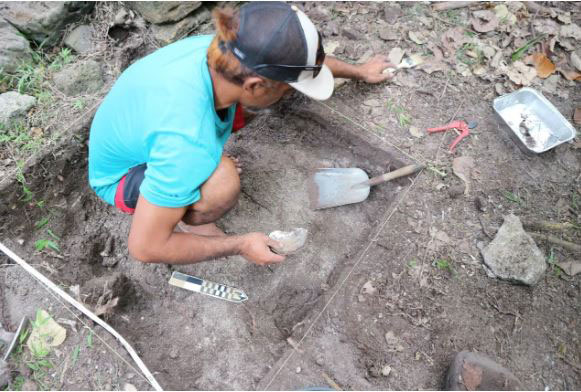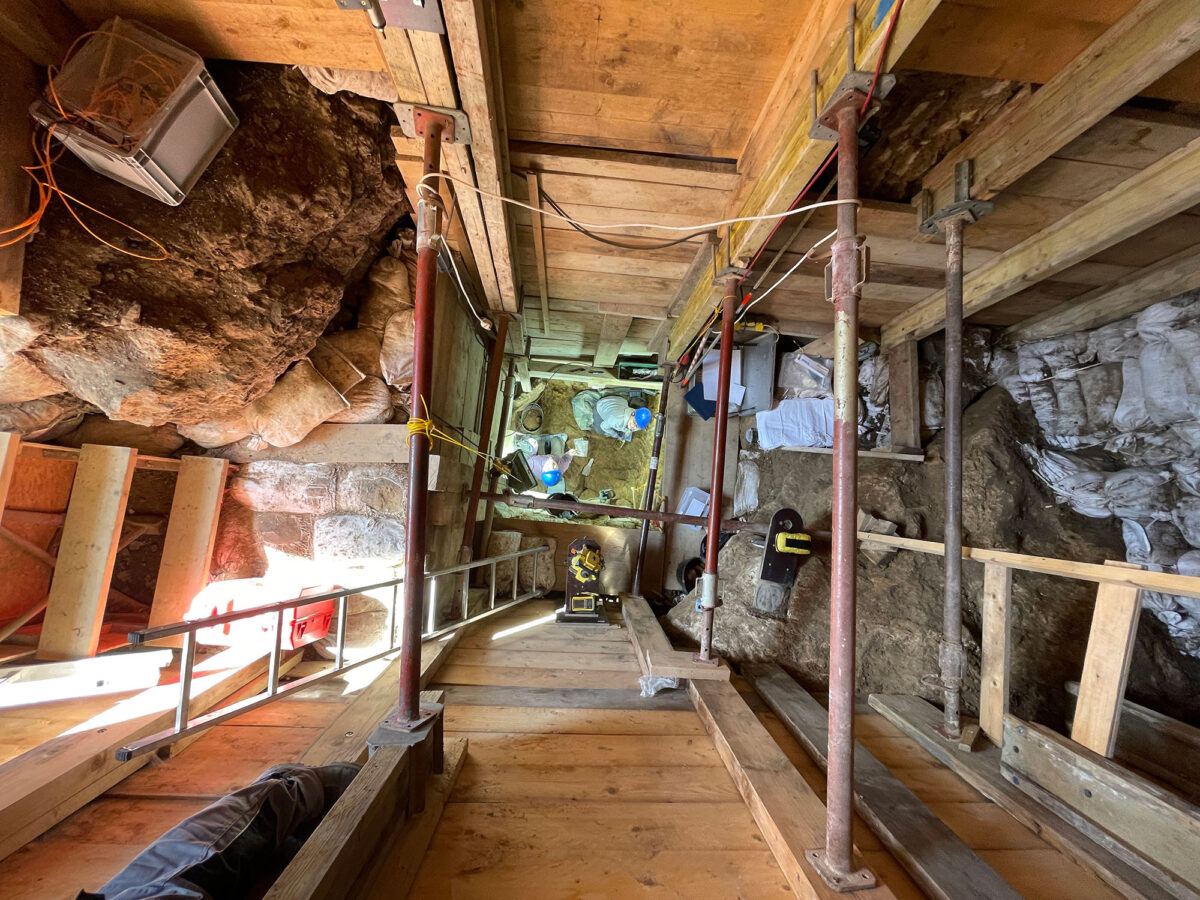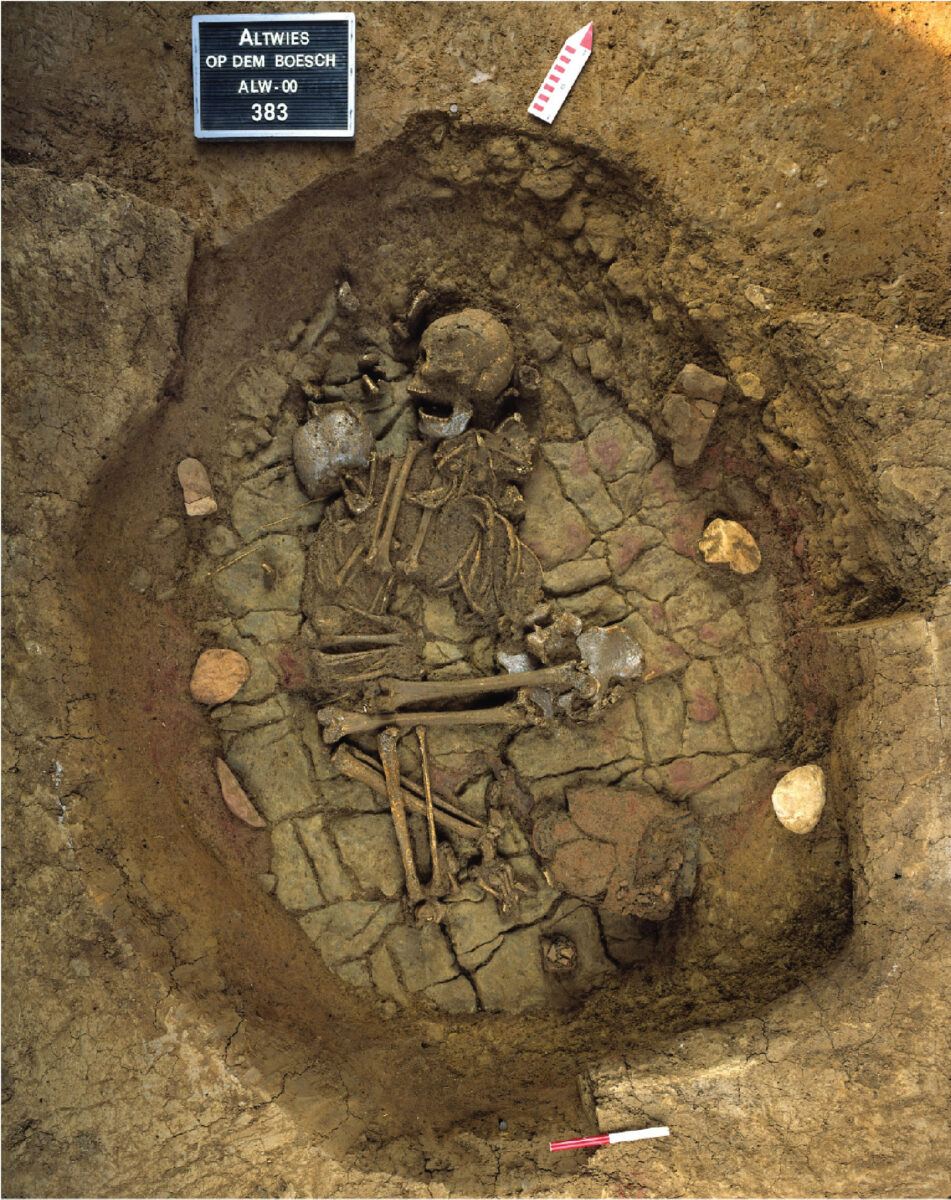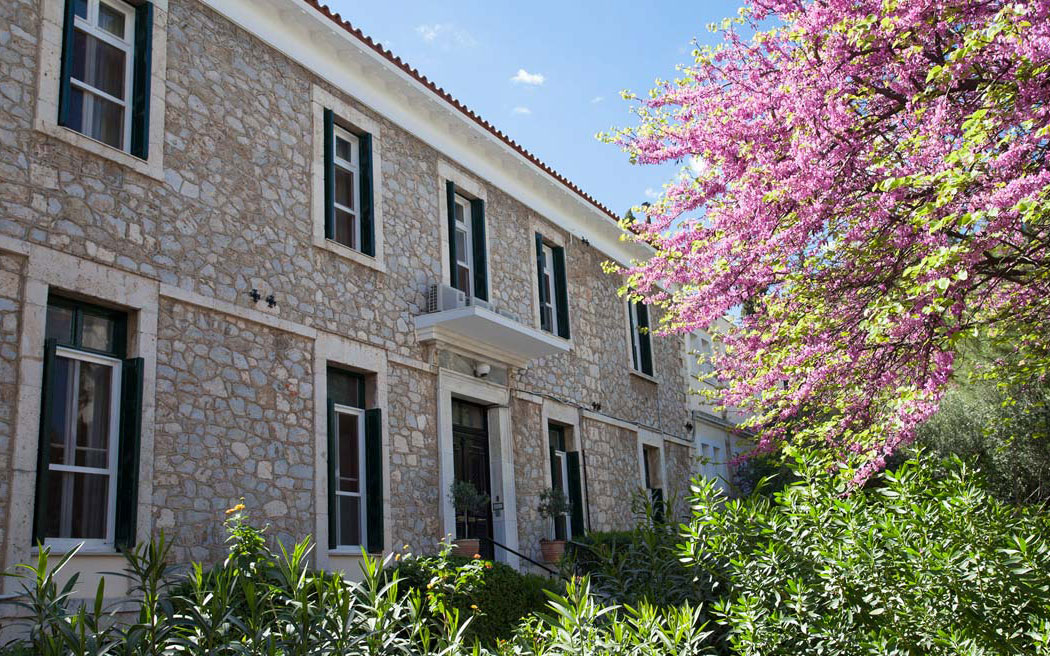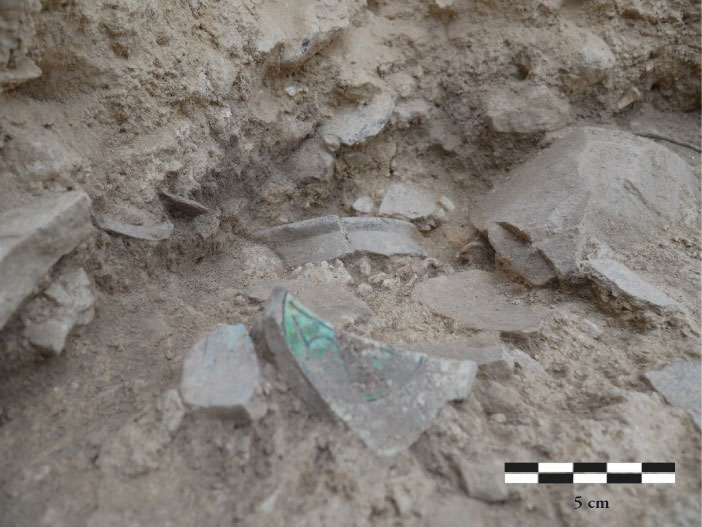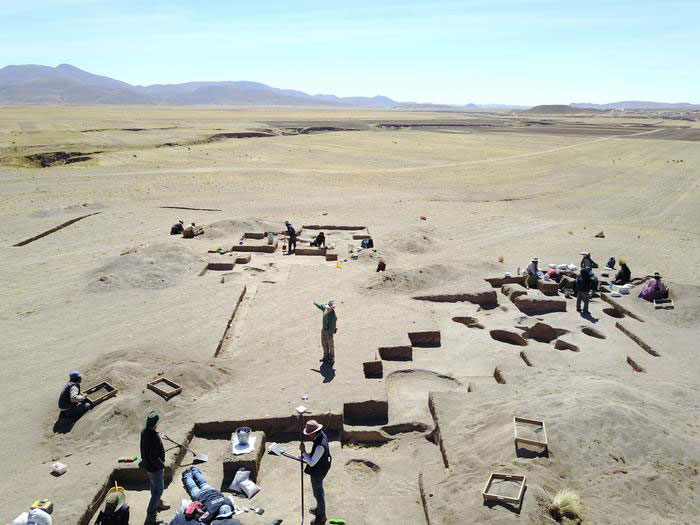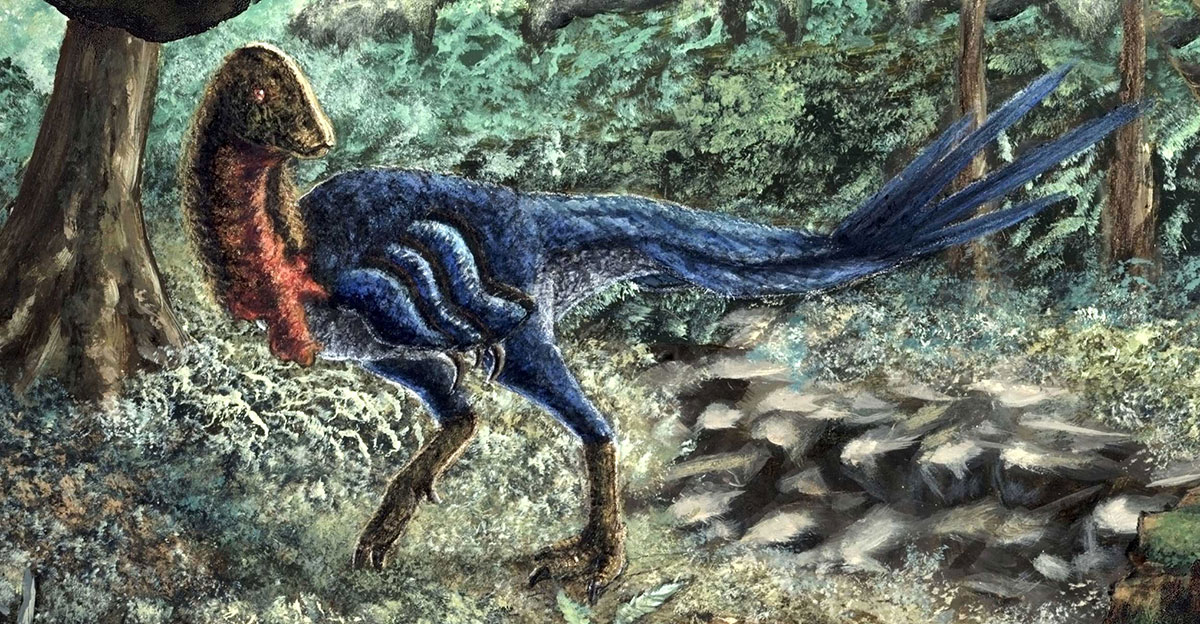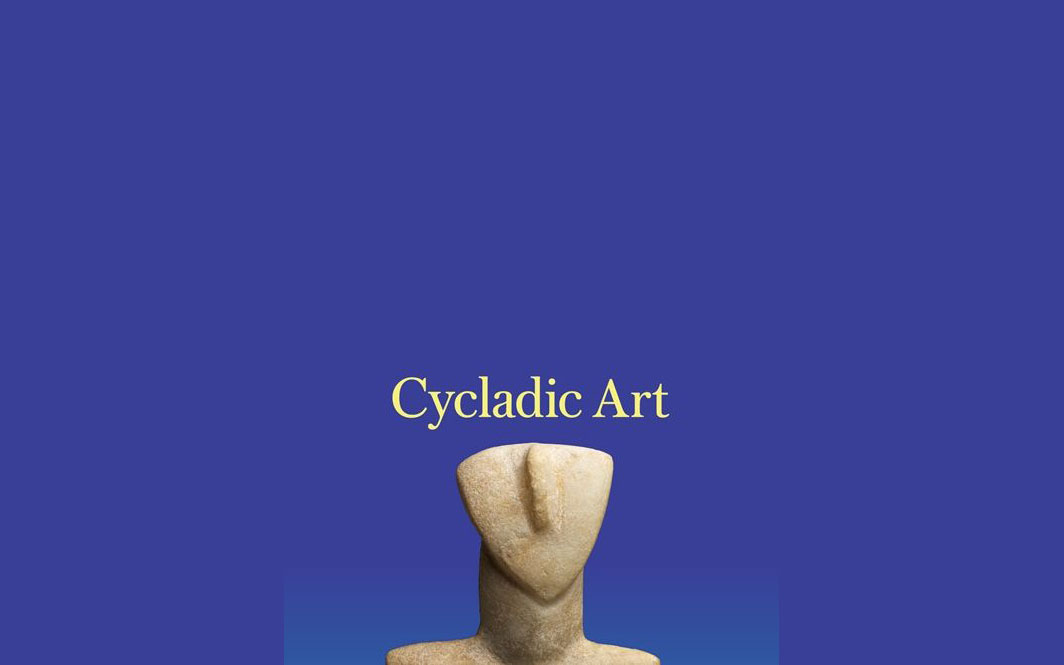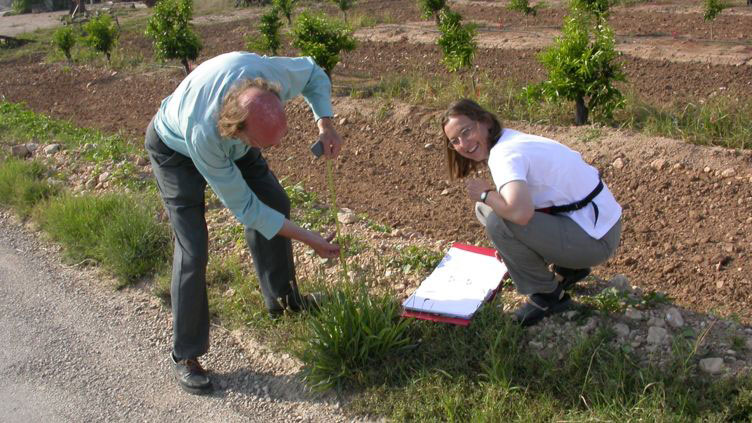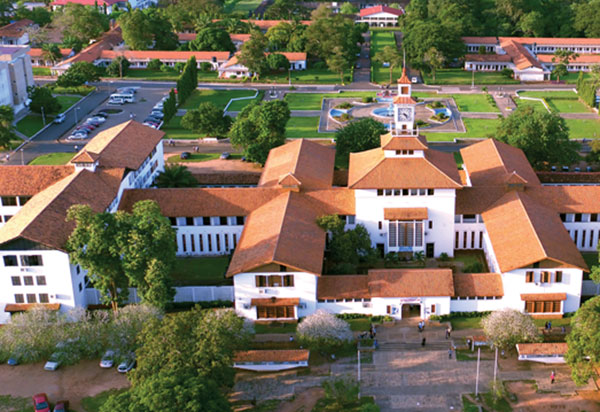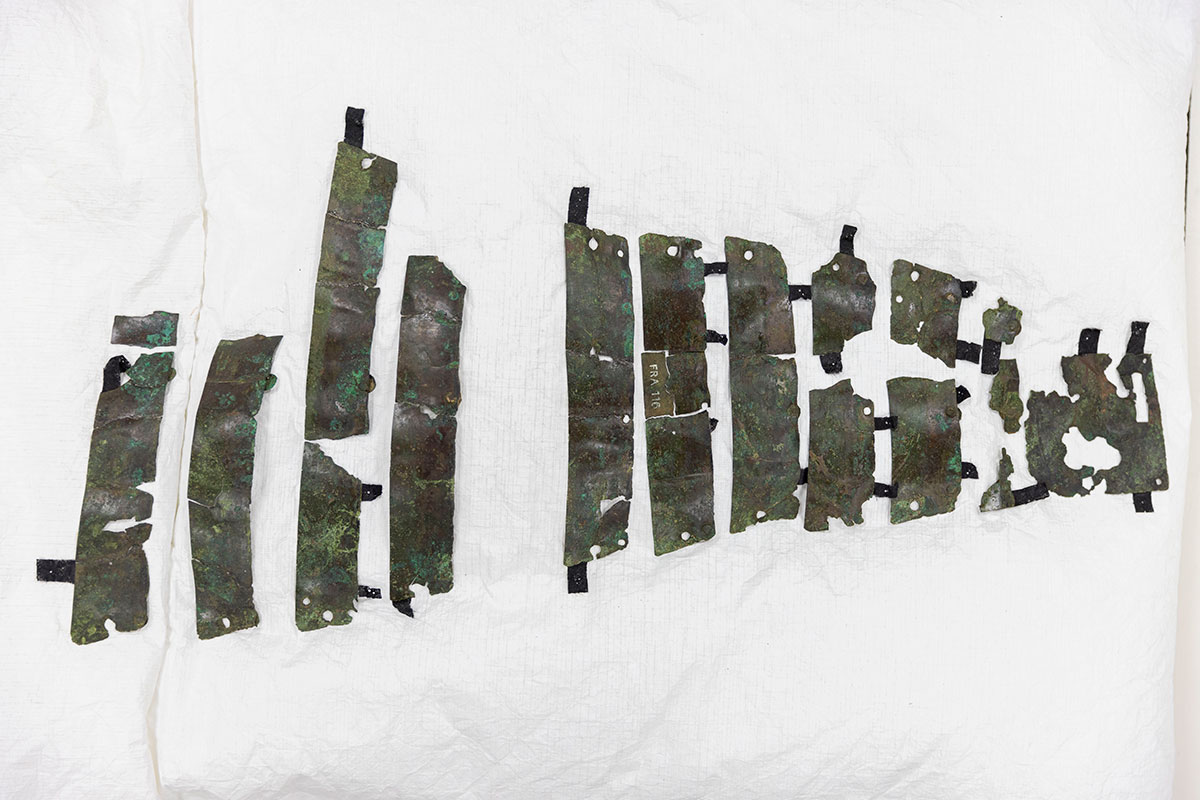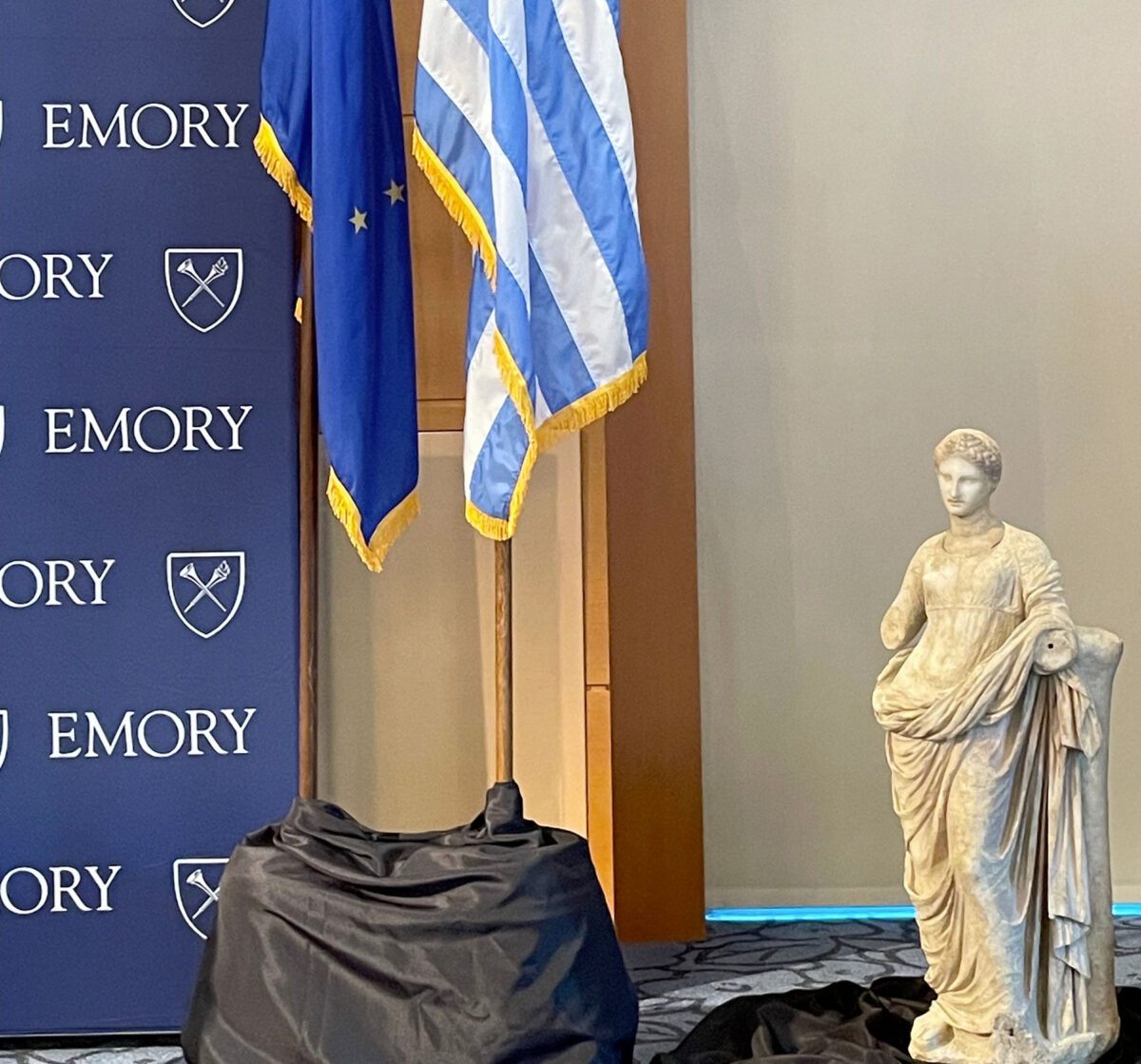New Fellowship at the University of Pisa
Study of clay objects (excluding vessels) in archaeological contexts of the Nile valley (Egypt and Nubia) dating back to the Middle Bronze Age (2000-1550 BC).
The BORDERSCAPE Project Seminars
The Borderscape Project is a multidisciplinary endeavor that investigates how the rise of the Egyptian state at the end of the 4th millennium BCE impacted and transformed the socio-spatial landscape of the First Nile Cataract region.
4th Theoretical Seminar on Cultural Heritage Management
“Corinth’s Master Plan: A Collaborative Project Towards an Inclusive, Interactive and Sustainable Heritage”.
Mysterious pearl shells unearthed in French Polynesia
Associate Professor James Flexner, archaeologist, returned from a dig in French Polynesia where, together with local community members, he and his team found relics from the country's missionary past.
Treasure found in South Wales and Powys
Six treasure finds were declared treasure on Thursday 25th January by H.M. Regional Coroner for South Wales Central area, Patricia Morgan.
“Greece, Aryan or Mediterranean?”: Martin Bernal Revisited
Zeta Xekalaki revisited a 1988 article where Black Athena's author underlined his basic theses. How relevant does it sound today?
Archaeological evidence of seasonal vitamin D deficiency discovered
Rickets ran rife in children following the Industrial Revolution, but University of Otago-led research has found factory work and polluted cities aren’t entirely to blame for the period’s vitamin D deficiencies.
Neanderthals and humans lived side by side in Northern Europe
Genetic analysis of bone fragments from German archaeological site proves that modern humans reached northern Europe not long after they emerged from Africa.
Police find bog body dated over 2,000 years in Bellaghy
Archaeologists within the Police Service of Northern Ireland, have uncovered ancient human remains carbon dated as old as 2,000-2,500 years.
Excavated dolmen in Sweden one of the oldest in Scandinavia
The first analysis results now confirm that the grave in Tiarp is one of the oldest stone burial chambers in Sweden.
The Grave’s Embrace
Researchers find indications of a patrilineal descent system for western Eurasian Bell Beaker communities / Family relationships that link Britain to Luxembourg.
Linear B & Mycenaean Greek Course
Applications are open for an intensive, two-week course in Linear B & Mycenaean Greek, organised by the British School at Athens.
BSA Travel awards for pre-doctoral & doctoral students, and artists
Applications are open for a number of BSA awards for pre-doctoral and doctoral students, and artists.
Rediscovered Portrait of a Young Female by Gustav Klimt
A painting by the iconic Austrian artist believed lost for approximately 100 years will be auctioned at Vienna's Auction House im Kinsky on April 24, 2024.
Excavation at the Panagia Karmiotissa Site, Kato Ptolemaida
The Department of Antiquities, Deputy Ministry of Culture, announces the completion of the first excavation season of the “Panagia Karmiotissa” project.
New research challenges hunter-gatherer narrative
The oft-used description of early humans as “hunter-gatherers” should be changed to “gatherer-hunters,” at least in the Andes of South America.
Student discovers new dinosaur species
Only a small number of people can say they’ve named a new dinosaur, and now Oklahoma State University Center for Health Sciences student Kyle Atkins-Weltman is part of that exclusive club.
The Met Features Stern Collection on Loan from the Hellenic Republic
The Metropolitan Museum of Art opens a new display featuring some 161 works made in the Cyclades primarily in the Early Bronze Age.
Syphilis-like diseases widespread in America before Columbus
Researchers have discovered the genetic material of the pathogen Treponema pallidum in the bones of people who died in Brazil 2,000 years ago.
World’s largest database of weeds
A new database of weeds can help scientists understand how traditional agricultural systems were managed throughout history.
2024 Symposium on African Digital Humanities
The symposium will take place at the scenic University of Ghana campus in Accra, inviting attendees to engage in enriching discussions, panels, and workshops.
Rare Roman armour reconstructed ahead of major exhibition
An exceptionally rare piece of Roman armour from National Museums Scotland’s collection has been painstakingly reconstructed from dozens of fragments.
AIA Colloquium: Coins and Archaeology
The Numismatics Interest Group of the AIA invites abstracts on any aspect of ancient coins and archaeology.
Emory, Greek Ministry of Culture enter into cultural cooperation agreement
Emory University and the Ministry of Culture of the Hellenic Republic signed a long-term agreement of cultural cooperation on Jan. 22.
